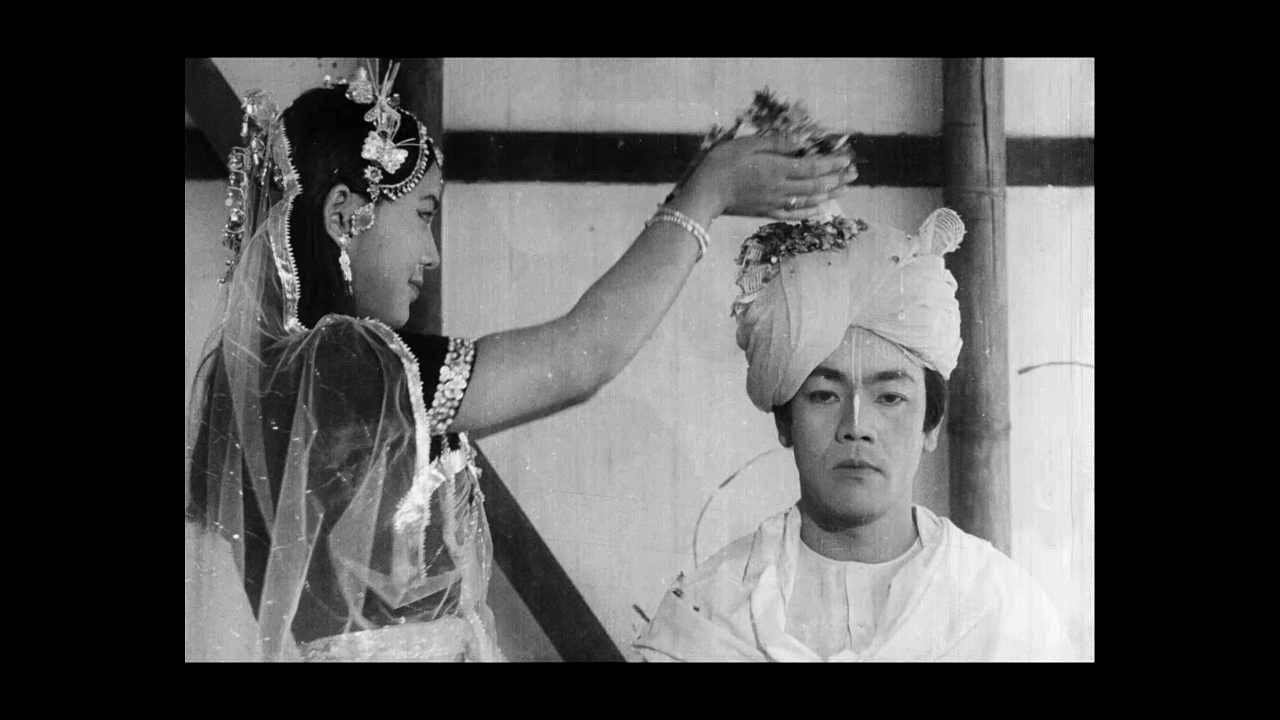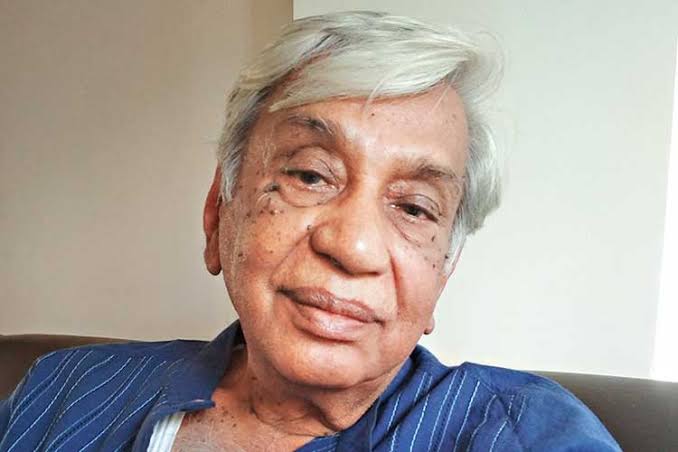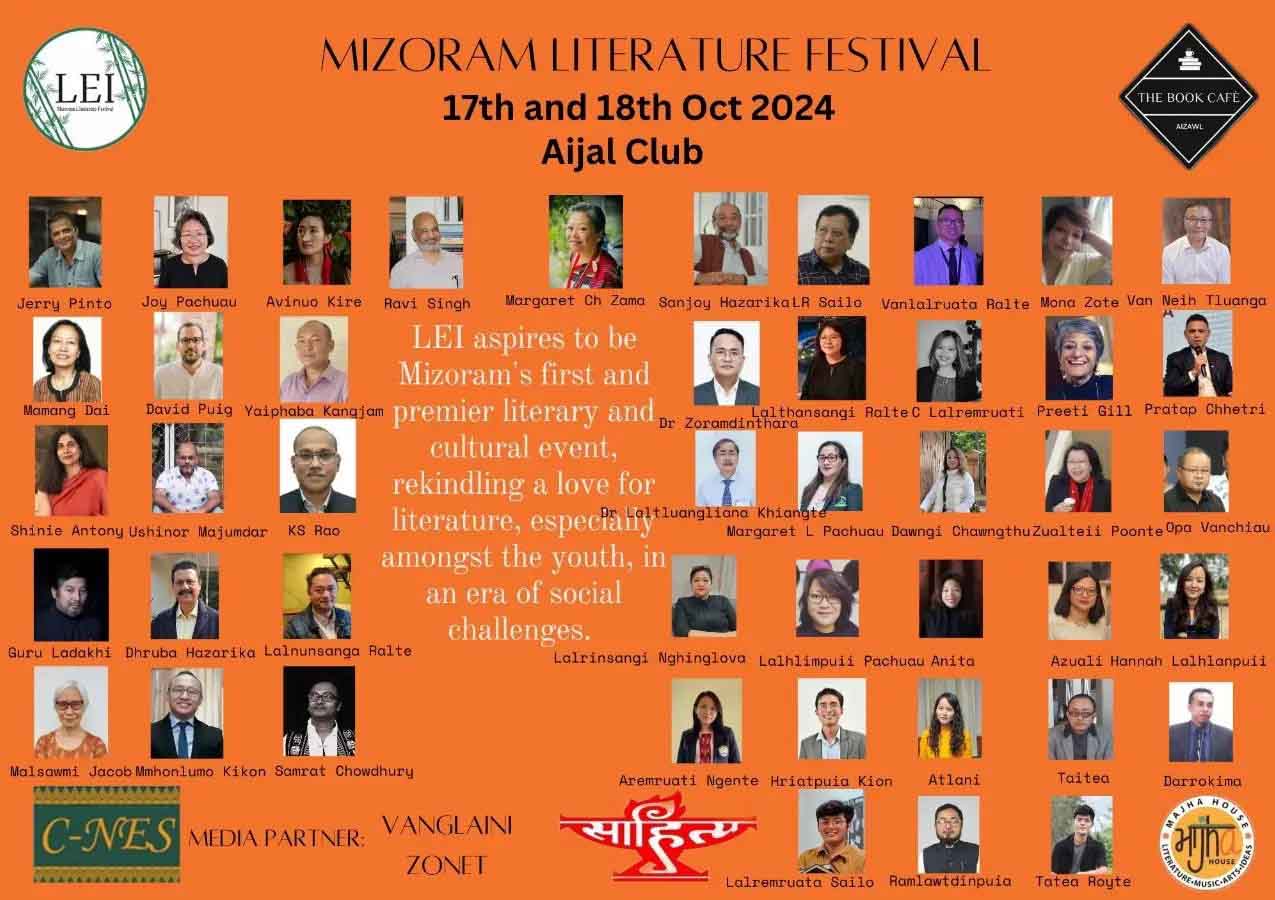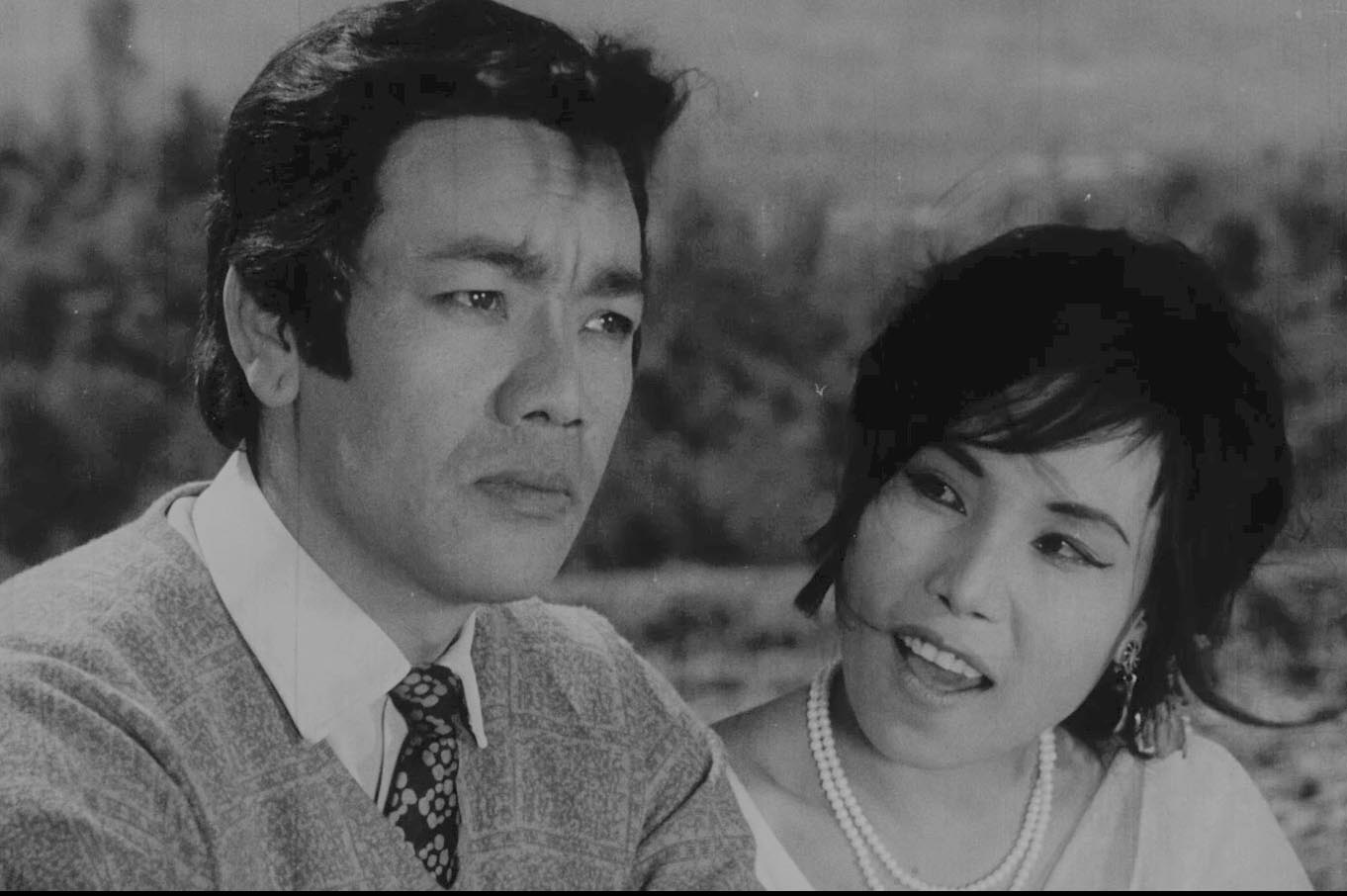What is it to be Indian for a Manipuri? Before attempting an answer, a caveat: the Manipuri identity itself is hotly contested between the state’s many ethnic communities. This is particularly so in recent times with the advent of democracy, and the consequent contest for levers to state power. It is for this diversity of demography, and the perpetual need for renegotiating identity, that Manipur has often been referred to as a miniature India. This situation also brings to mind Earnest Renan’s famous line that the “nation is a daily plebiscite”, signifying national identity is constructed and not intrinsic.
For most in the Northeast, the Hegelian existential question “Who am I?” has had to be renegotiated the day he stepped across the thin strip of land connecting the region to sub-continental India, often referred to as the Siliguri Corridor or the Chicken’s Neck.
In Manipur’s case, this is peculiar. For many middle-class young men and women from the state, especially among the Hindu Meiteis who grew up amidst a devout Vaishnavite culture, (where the unspoken will their elders is to have their cremation ashes immersed in the holy Ganga or in the sea at Puri, near the Jagannath Temple), this question begins to be troubling normally at college age, which is about the time their parents send them away for higher studies in better political and academic climes of other Indian states. Till then, most would have had no real problem in believing themselves to be Indians without even the need to reflect on what it means to be Indian. They celebrate Holi and Durga Puja and other Hindu festivals, and thus share a loose sense of “imagined” community with the rest of India. Their sense of a let-down is when they discover there is more to the Indian identity than what they believed it to be all along. Needless to say, many end up embittered.
A panoramic scan of Manipur’s demography will be pertinent. The Meiteis are one of three major ethnic groups of the state, and are predominantly Hindus. Roughly seven percent of them are Muslims and unspecified percentage follows the original pre-Hindu faith Sanamahi, now given new life by a strong revivalist movement. But Sanamahi religion, it must be said, has in the present times become somewhat an extension of Hinduism, although their followers deny this. Religious ceremonies and rituals of Sanamahi today closely mirror Hindu ones. The fact that Hinduism was till recently not a strictly structured religion has helped.
The other two major groups are Nagas and Kukis, and they are almost a hundred per cent Christians today. This followed the proselytising path opened by pioneering American Baptist missionary, William Pettigrew, in the closing decade of the 19th century. Their sense of affiliation to the idea of India is (or at least was) a different equation, for India although politically secular, is still predominantly a land of the Hindus culturally. In modern times, radical Hindu nationalists trying to give this religious identity a political hue, has only accentuated this attribute.
Not so much in Manipur, but a good majority of the Nagas in Nagaland, for instance, would, even today, say they are not Indians. But then, there would have to be a finer distinction made here. The “Indian” that the Nagas say they are not, is an imagined ethnic category and not a citizenship status. So when an average Naga says he is not an Indian, he usually means he is not the Dravido-Aryan, plainsman that he considers is the ethnic profile of an Indian. In Manipur, there is a separate category for the plainsman Indian – Mayang. A Meitei, Kuki or Naga from Manipur hence would say he is not a Mayang but would have less trouble calling himself Indian, for Indian here, to a great extent, is a civic identity signifying constitutional citizenship, and not necessarily a cultural identity.
But the trouble is, being an Indian does not end here. Quite to the contrary of what the republican constitution of India says, “Indianness” is often quite intuitively projected as the continuity of a mainstream of a 5,000 year old civilisational memory. Furthermore, this civilisational identity is now being almost completely appropriated by radical Hindu nationalists at the cost of alienating all who had not been part of this stream. The Northeast is a prominent case in this category.
Moreover, the Northeast is surrounded by foreign countries on all sides except for the estimated 2 per cent boundary it shares with the rest of India at the thin Siliguri Corridor. This geography itself predicates the redundancy of the other definition of the state that Peter J Taylor called “a cultural container” from which nothing spills out and into which nothing spills in, without raising suspicion of disloyalty to the nation. It is only natural that the Northeast will have cultural affinities with people across the international borders, and this should be no reason for loyalty suspicions. The much hyped Look/Act East Policy must also internalise this understanding.
Sometime in a pre-historical era, as a water-logged Imphal valley began drying up, groups of people descended into it from the surrounding hills. The fertile alluvial flatland became a blessing for the settlers and when they discovered the bounties of wet rice cultivation and other technologies of agriculture such as the bullock-driven plough, they were released from the perpetual need to hunt and gather food. The energy and leisure thus unleashed resulted in an explosion of new occupations and pursuits.
Predictably, the valley came to be a crucible of civilisation, capable of giving the world the game of polo, an India classical dance, the Nat Sankirtan which incidentally has been declared a UNESCO world heritage, and more. But the disparity in economy between the hills and the valley led to another typical Zomian theatre of conflict that Yale professor James Scott conceived of, in which similar “paddy states” across SE Asia are perpetually pitted against “state evading” hill tribes.
The advent of democracy changed this paradigm of power and development, but memories of antagonisms from a past era linger, causing many present day frictions. The challenge before Manipur then is to renegotiate and refresh its identity. In much the same way, on the larger canvas, the India nationalism too must remain “a daily plebiscite.”
This is the only way to convert dissenting voices into political capital in nation building. Unfortunately, the tendency has been the opposite. The current JNU crisis has brought this to the fore, but look also at the way even a uniquely non-violent resistance against a draconian law, the Armed Forces Special Powers Act, 1958, by Manipur’s iron lady, Irom Sharmila, whose hunger strike odyssey completed 15 years in November, has been failing to move the Indian state an inch.
(This article was first published in Indian Express under a different title)









